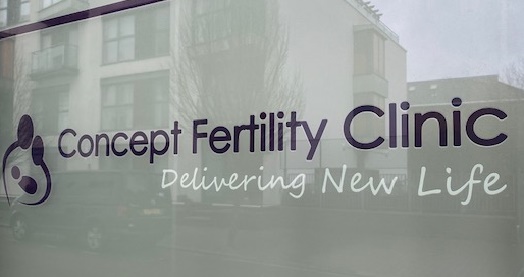Intrauterine Insemination (IUI)

Intrauterine insemination involves preparing semen in a laboratory to select only the highest quality sperm for insemination. The treated semen is then introduced into the womb just before ovulation, and can be used with either natural ovulation or in conjunction with clomid or injectables such as follicle stimulating hormone to induce ovulation.
How is intrauterine insemination performed?
Once the man has provided a sperm sample, it is then filtered (or ‘washed’) to ensure that only high quality, motile sperm are used for the procedure. This process means that it’s a good treatment for couples where the male may suffer from a low sperm count of poor sperm mobility.
If the man is unable to produce sperm, or the treatment is for a single woman or same sex couple, donor sperm is also suitable.
During the procedure, the treated semen is passed directly into the woman’s womb using a catheter. The process is largely painless, although some women report experiencing mild cramping similar to period pain. The process generally takes 10 minutes, and does not require overnight stays in hospital.
Who is IUI used for?
Intrauterine insemination is recommended for:
- Single women or same sex couples who would like to conceive
- Couples with unexplained infertility
- Couples where the man experiences impotence or premature ejaculation
- Couples where the man’s sperm is slightly sub-optimal
- Couples where one or both partners are unable (or find it difficult) to have vaginal intercourse
- Couples where one partner has a viral infection that can be sexually transmitted
- Couples where the woman has mild endometriosis
While success rates are slightly higher using fresh sperm compared to frozen, it is suitable for a range of different infertility issues. Success rates vary depending on age, reasons for infertility, and overall health.
IUI can be used in conjunction with other fertility treatments
IUI is often used together with ovulation induction to provide the best chance of success. In cases of unexplained infertility, IUI may be tried if ovulation induction alone hasn’t helped.

